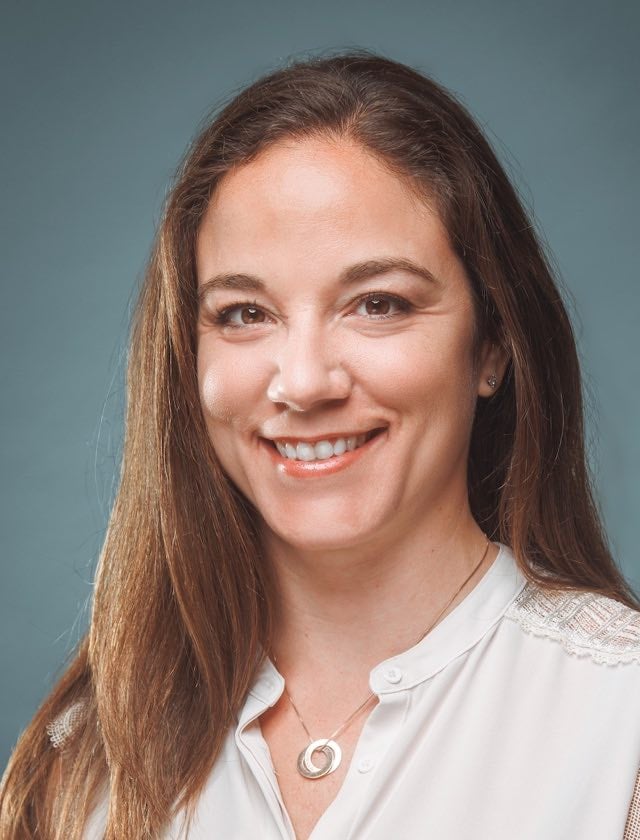Moles, or nevi, are common skin growths that most people develop throughout their lives. While most moles are harmless, some may show signs of abnormality and indicate a risk of skin cancer. Premier Surgical Network's team offers expert surgical treatment for atypical moles, ensuring the best possible care for your skin health.
%20-%20banner%20(1).jpg?width=1920&height=882&name=PSN%20-%20Suspicious%20nevi%20(T3)%20-%20banner%20(1).jpg)
What Are Suspicious Nevi?
Suspicious nevi, also known as atypical moles, are moles that exhibit irregular features in size, shape, color, or texture. While not all atypical moles are cancerous, they may carry a higher risk of developing into melanoma. Regular monitoring and early intervention can help prevent complications.
Atypical nevi in the spectrum between benign moles and melanoma are also known as dysplastic nevi. They can be classified into three categories based on their degree of abnormality: mild, moderate, and severe. Mild and moderate atypical nevi may only require observation, while severe atypical nevi often share similarities with melanoma in situ (MMIS). Due to this increased risk, excision with margins similar to MMIS is typically recommended to ensure complete removal and reduce the likelihood of progression to melanoma.
Identifying Suspicious Nevi
The ABCDE rule is a helpful guideline for identifying concerning moles:
- A – Asymmetry: One half of the mole doesn’t match the other.
- B – Border: Edges are irregular, blurred, or uneven.
- C – Color: Varies throughout, with shades of brown, black, red, or blue.
- D – Diameter: Larger than 6mm (about the size of a pencil eraser).
- E – Evolving: Any change in size, shape, color, or texture over time.
Other warning signs include itching, bleeding, tenderness, or the sudden appearance of a new mole.
What Causes Suspicious Nevi?
While most moles are harmless, certain factors can increase the likelihood of developing atypical or suspicious nevi. These include:
- Genetics & Family History: Individuals with a family history of atypical moles or melanoma are at a higher risk.
- Excessive UV Exposure: Frequent sun exposure or use of tanning beds can lead to abnormal skin changes.
- History of Severe Sunburns: Having multiple blistering sunburns, particularly in childhood, increases the likelihood of developing atypical moles.
- Having a High Number of Moles: Those with more than 50 moles on their body are at a greater risk for developing atypical nevi.
- Weakened Immune System: Conditions or medications that suppress the immune system may contribute to mole abnormalities.
Treatment Options for Suspicious Nevi
Our experienced surgeons specialize in evaluating and treating suspicious moles with the most advanced techniques available. When a mole shows concerning features or is confirmed through biopsy to be precancerous, we work closely with you to develop the most appropriate treatment plan.
Excisional Surgery
Excisional mole removal is our primary method for treating suspicious or high-risk moles. During this procedure, our surgeons remove the entire mole and a small margin of surrounding healthy skin under local anesthesia to ensure your comfort. This approach not only eliminates the abnormal cells but also minimizes the risk of recurrence.
Excisional surgery is particularly recommended for severe atypical nevi, as they share characteristics with melanoma in situ (MMIS). By removing the mole with appropriate margins, we provide the best possible protection against the potential progression to melanoma.
Contact Us Today
Find Your Mole Removal Surgeon
Our board-certified surgeons specialize in treating suspicious nevi and early-stage skin cancer. With advanced training in skin cancer removal, our team ensures precision, expertise, and compassionate care for every patient.
Frequently Asked Questions
What is the difference between a mole and skin cancer?
How can I tell if a mole is suspicious?
Suspicious nevi often follow the ABCDE rule: Asymmetry, Border irregularity, Color variation, Diameter larger than 6mm, and Evolving changes. If you notice any of these signs, schedule a professional evaluation.
Can a suspicious mole be an early sign of skin cancer?
Are there pictures available to help identify skin cancer?
Yes, reputable sources like the American Academy of Dermatology and the Skin Cancer Foundation provide images of different types of skin cancer, including melanoma, basal cell carcinoma, and squamous cell carcinoma. If you're unsure about a mole’s appearance, consult a doctor for an accurate diagnosis.
What does a melanoma skin cancer mole look like?
Melanoma moles often appear dark brown or black but can also be red, blue, or even colorless. They typically have irregular borders and can change in size or shape over time. If a mole looks different from the others or is growing, it should be evaluated promptly.
How often should I check my skin for suspicious moles?
%20(1)%20(1).jpg?width=1011&height=773&name=psn-global-footer%20(1)%20(1)%20(1).jpg)


-min.png)

